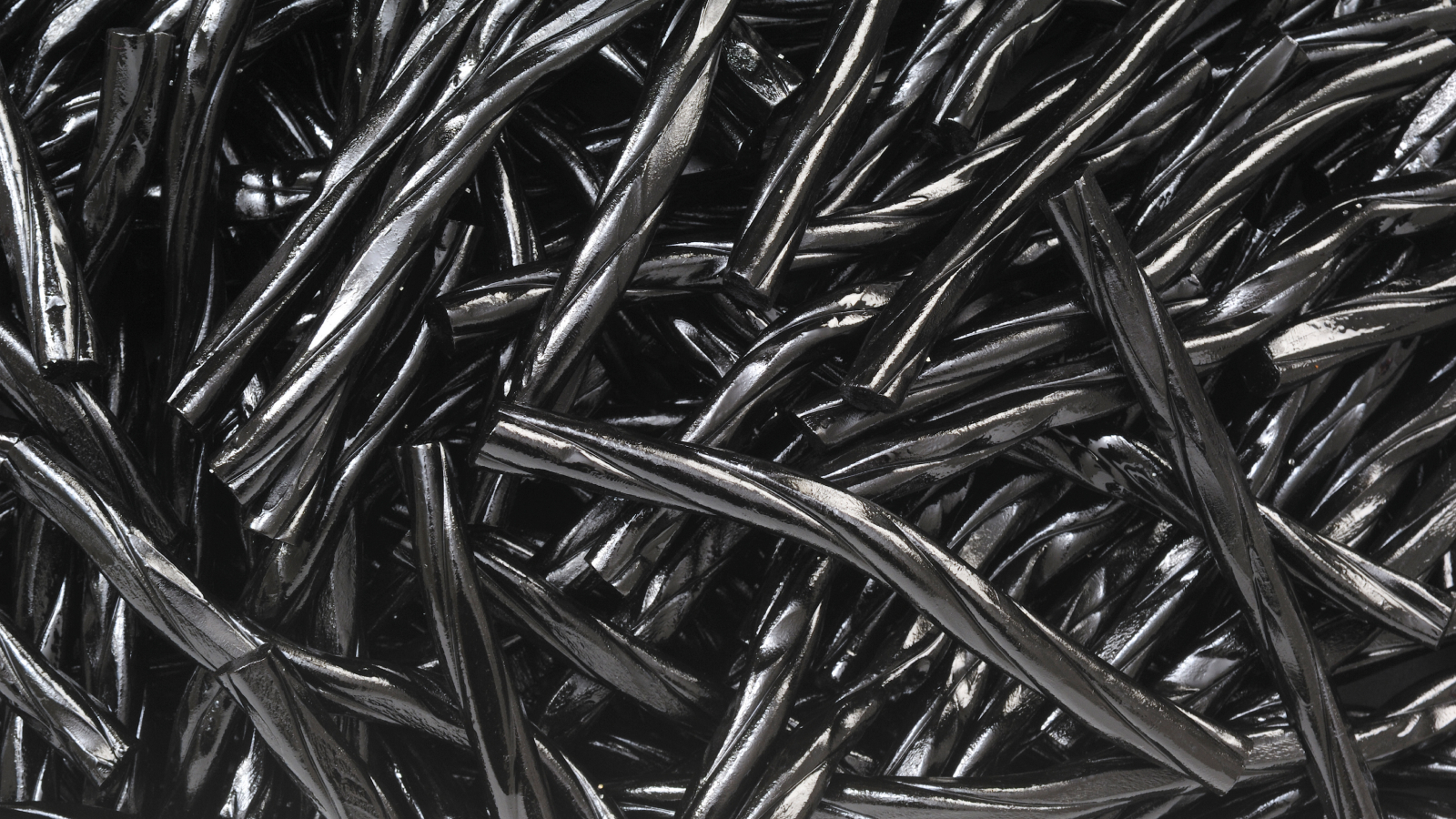Surgeries, Vol. 4, Pages 253-263: Percutaneous Lengthening with an Intramuscular Needle of the Gastrocsoleus Complex Improves Critical Ankle Kinematic Values in Resistant Pediatric Equinus: A Pilot Study
Surgeries doi: 10.3390/surgeries4020026
Authors: Ignacio Martínez-Caballero María Galán-Olleros Rosa M. Egea-Gámez J. Ignacio Serrano Ana Ramírez-Barragán Álvaro Pérez-Somarriba Moreno Carlos Martín-Gómez Sergio Lerma-Lara
Retrospective analytical study that aims to evaluate the kinematic and kinetic results obtained after percutaneous lengthening with an intramuscular needle (PLIN) of gastrocsoleus complex (GSC) zones I, II, and III, performed outside the operating room between 2018 and 2019, in pediatric patients with equinus gait resistant to non-operative treatment. Gait analysis was performed prior to treatment and 6 months post treatment in 48 ankles (30 patients), with a median patient age of 10.11 (2.85) years. Twelve patients had a diagnosis of idiopathic equinus, twelve spastic hemiplegia, and six spastic diplegia. Statistical analysis included pre–post comparison, correlation, and linear regression of critical kinematic and kinetic ankle values. Significant improvement was observed for the following parameters: ankle angle at initial contact, −4.57(10.31)/0.05(3.04)°; maximum ankle dorsiflexion in the stance phase (mADFStP), 3.70(7.56)/10.42(4.52)°; and maximum ankle dorsiflexion in the swing phase (mADFSwP), −6.54(8.41)/−0.35(6.17)°. In addition, an inversely proportional correlation with pre-intervention values was obtained for those parameters, with rho values of −0.864, −0.755, and −0.696, respectively (p < 0.0005). No significant changes in ankle kinetics were evidenced. Linear regression equations allowed for estimation of the post mADFStP, with a standard error (SE) = 1.82; R2 = 0.797 (p < 0.0005), and the post mADFSwP, with an SE = 2.376; R2 = 0.829 (p < 0.0005). To conclude, the addition of the GSC in patients with resistant equinus significantly improves ankle initial contact, mADFStP, and mADFSwP, with greater changes occurring with worse initial values. The regression formulas used to estimate post-procedure results will allow therapeutic indications to be adjusted.

 1 year ago
28
1 year ago
28


